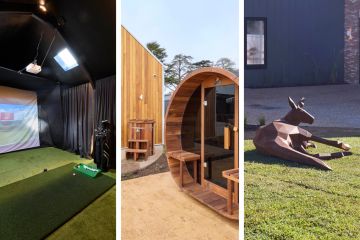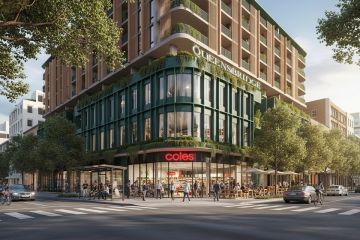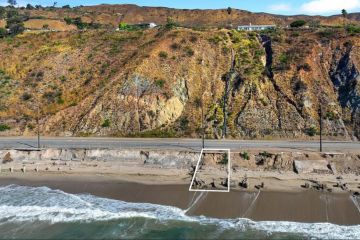Smaller towns in Mount Alexander shire feel the 'Castlemaine effect' as its popularity soars
Just as the domino effect of property jostling happens in the capital cities, so it can play out similarly in some of the top sea and tree change townships.
Castlemaine — the artsy hub of the Goldfields region that has been known as “Northcote North” since being colonised by early tree changers and first-home buyers who realised they had to get out of Melbourne to get into the market — continues to maintain such allure that “it’s going nuts!” according to agent Tom Robertson.
The Waller Realty agent says “the amount of enquiry is phenomenal. We’re flat out sales-wise, too. There are no quiet seasons here anymore”.
Fellow agent Brett Waller, of Castlemaine Property Group, laments that “for this time in spring, the amount of stock is well down”.
Most inquirers are coming from Melbourne. “But we’ve also got people moving up from Woodend now because they no longer feel like they’re in the country until they get past Malmsbury.”
With the continuous waves of incoming newbies, even on a cold day, Castlemaine township is rocking.
Photographer Michael Rayner, who moved up last year because in search of affordable property and “a powerful sense of community” embedded within a scene he could relate to, has counted 14 cafes in the commercial hub.
- Related: Why Melburnians flock to Kyneton
- Related: Stawell, a town that won’t quit
- Related: What’s the future for Wallan?
“It’s funkster junction,” confirms Robertson.
Yet, in a town where any cute period property in need of renovation is now hard to find, and when they are fixed up can sell for $600,000 to $700,000 — “with quite a few selling for $1 million” — the domino effect is in operation.
The response of some long-term residents who liked it sleepier, has been to move out of the big smoke they believe Castlemaine has become and on to the smaller, cheaper, satellite villages of the district. Here, they can buy a nice house for about $400,000 and either pocket the change or put it into their super.
“They’re escaping,” says Robertson. “Escaping the Melbourne-type prices and moving one town further out.”
This “Castlemaine effect” is bringing into focus the old gold rush towns of Maldon, Harcourt, Fryerstown and Guildford.
History-redolent Maldon, with its film-set red bricks, rusting galvanised iron and streetscapes of arching verandahs is, Waller says, 20 minutes from the transport links of Castlemaine.
“People now settling in Maldon are prepared to travel to Castlemaine to commute to Melbourne (90 minutes by train to Southern Cross Station),” he says.
If their children don’t attend schools in Maldon or Castlemaine, including a Steiner School option, the kids also become commuters, travelling on to reputable colleges in Kyneton, Bendigo or Maryborough.
On granite country and famous for its wines and apples, Harcourt hasn’t much of a commercial centre. But in all the residential breathing space, there are some tidy and affordable homes.
One that is more upmarket than most is a four-bedroom home in Reservoir Road that, on an acre, is looking for $598,000 through Wallers.
“Harcourt is popular because it’s handy to Melbourne, interesting to young families,” says Robertson, “and there’s quite a bit of subdivision talk going on.”
In pretty and scantily populated Fryerstown, 10 kilometres south-west of Castlemaine, Robertson has just sold another top priced “but beautiful church conversion for $675,000”.
At the other end of the price scale and consequently contested by a crowd of interested buyers is an interesting new house built using old materials that Brett Waller has also just sold for $235,000. (Yes, you read that right!) Sited at Newstead, a town midway between Castlemaine and Daylesford.
Also on the way to Daylesford is picturesque, if low-key, Guildford (population 333) where, among a handful of properties on the market, are an almost million dollar, four-bedroom brick house on 20 acres, and a converted train “with a pool and three bedrooms”, adds Robertson.
Speaking of trains, Brett Waller reckons that because Castlemaine and its satellite settlements are now considered viable for daily city commutes, the velocity of the region’s future development will hinge “on what happens next in public transport”.
That, and the domino effect of property jostling.
We recommend
We thought you might like
States
Capital Cities
Capital Cities - Rentals
Popular Areas
Allhomes
More







